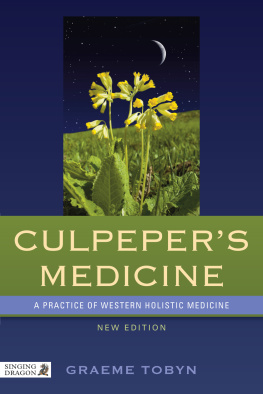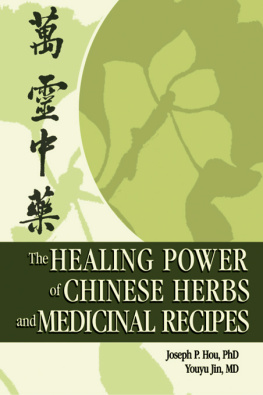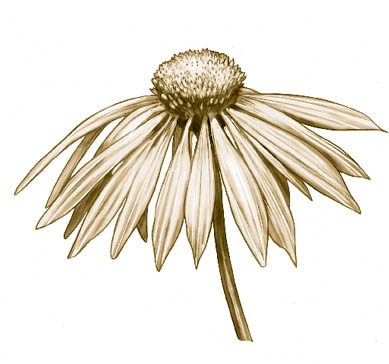The mission of Storey Publishing is to serve our customers by publishing practical information that encourages personal independence in harmony with the environment.
Edited by Carleen Madigan, Nancy Ringer, and Lisa Hiley
Art direction and book design by Ash Austin
Text production by Jennifer Jepson Smith
Indexed by Christine R. Lindemer, Boston Road Communications
Cover, botanical, and chapter opener illustrations by Steve Sanford
First aid illustrations by Arthur Mount
Text 2021 by Sam Coffman, except for Chapter 16: Emergency Childbirth, Katia LeMone
Ebook production by Slavica A. Walzl
Ebook version 1.0
August 17, 2021
Portions of this book previously appeared in The Herbal Medic by Sam Coffman (Herbal Medics, 2014).
All rights reserved. No part of this book may be reproduced without written permission from the publisher, except by a reviewer who may quote brief passages or reproduce illustrations in a review with appropriate credits; nor may any part of this book be reproduced, stored in a retrieval system, or transmitted in any form or by any meanselectronic, mechanical, photocopying, recording, or otherwithout written permission from the publisher.
The information in this book is true and complete to the best of our knowledge. All recommendations are made without guarantee on the part of the author or Storey Publishing. The author and publisher disclaim any liability in connection with the use of this information.
Storey books are available at special discounts when purchased in bulk for premiums and sales promotions as well as for fund-raising or educational use. Special editions or book excerpts can also be created to specification. For details, please call 800-827-8673, or send an email to .
In a medical emergency, please consult a health care professional if at all possible. The information in this book is intended to be used in situations where no such professional help is available. Please follow all instructions carefully and take appropriate safety precautions to avoid further harm.
Storey Publishing
210 MASS MoCA Way
North Adams, MA 01247
storey.com
Library of Congress Cataloging-in-Publication Data on file
I wrote this book in memory of my father, who taught me to appreciate our natural world, and my mother, who with her passion for gardening taught me to talk to plants at a very early age.
And I dedicate it to all of my studentspast, present, and future. I hope it serves you well.
Contents
Preface
I remember hearing the sound of my bone breaking as I hit the ground, hands outstretched. It hadnt been a very impressive jump, but my mountain bike hit a patch of sand as I landed and over the handlebars I went. The resulting collision pulled a piece of bone away from the base of the thumb on my left hand in a classic avulsion fracture.
I had arrived at Fort Bragg a few days earlier, having made it through the Special Forces Assessment and Selection (SFAS, or Sore Feet and Shoulders, as we called it) and Airborne School of the qualification course for the US Special Forces. After 8 months at Fort Sam Houston in Texas training as a battlefield medic, I was facing med laba whole new level of training and experience.
This program was designed to produce the best austere medics in the militaryand to wash out anyone who could not handle the pressure. (Austere here means operating with limited supplies and support.) More than half of my original class was already gone. This second phase would be worse. And here I was in the middle of the woods, with a broken thumb less than a week before starting the most arduous training I would ever undergo.
After several hours of denial, I went over to the med lab compound and X-rayed the thumb myself. Sure enough, I had a prominent avulsion fracture, with several millimeters of separation between the bone and the large piece that had been separated from it. At this point I realized that I needed to see a doctor, so I went to the posts hospital, where the orthopedist told me I needed surgery and would have to postpone the hands-on training. I stubbornly insisted that he just put a cast on it, because my sons third birthday was coming up and delaying my training would mean missing more time with him.
After some arguing and against the surgeons better judgment, he agreed to put on a cast. I went back to the barracks, where I promptly cut the cast off and got a ride into town where Id noticed a store that carried bulk herbs. I bought a pound each of comfrey (Symphytum officinale) and horsetail (Equisetum spp.).
Using big gauze pads held in place by an elastic wrap bandage, I soaked my thumb with a wet poultice of both herbs almost 24/7. When I reported for the first session of goat lab (so called because we worked on live animals), I was relieved to find myself assigned to the half of the class that was learning lab techniques rather than practicing treatment of trauma. This meant that I had a 3-week reprieve before I would have to use my broken thumb in daily trauma scenarios.
The instructors knew that I had a broken thumb and were undoubtedly just waiting to see what would happen, but I was convinced that I could make it if the thumb would heal enough to allow me some grip strength. During trauma training, we worked with goats who were fully anesthetized and then given life-threatening injuries, from blocked airways to fully eviscerated intestines spurting arterial blood. These scenarios ran all day, every day, and my thumb would ache for hours after, for example, using kung-fu grip strength with my left hand to align and expose the trachea for the scalpel in my right hand.
Thanks to the amazing tissue proliferation brought on by the comfrey and horsetail, my thumb had healed rapidly, and I continued the poultices for another month into the course. By the time I was getting ready for the next phase, I had full grip strength back and only minor pain when stretching my thumb in certain directions. To this day, I have no arthritis or pain or difference in grip strength between my right and left hands.
That injury was my rite of passage into herbal medicine. I had been interested in medicinal herbs prior to my Special Forces training, and I had studied just enough to know that comfrey and horsetail were reputed to be extremely effective in healing a broken bone. However, experiencing rapid healing myself, in a situation of very high stress, gave me a whole new level of appreciation for and trust in herbs as medicine. I continued to study herbal medicine, and it balanced all of the orthodox medicine I was learning as a Special Forces medic.
I love medicine for many reasons, but one of the biggest is the way it challenges you to keep learning. When you study medicinewhether you are in medical school or teaching yourself herbal medicine from books or anywhere in betweenyou are on a path that will never end for as long as you choose to follow it. More importantly, you can choose the direction you want to travel. Nobody has all the answers in the world of medicine, and you will never learn all there is to learn on this subject.
When I began to study herbal medicine in earnest, my own ways of thinking about how the body heals began to expand. My ideas about the physiology and pathophysiology of the body as it relates to herbal medicine have evolved over the years, and I work with doctors who put my ideas to the test every single day. The more they work with herbal medicine, the more they keep returning because it is so effective. Herbal medicine provides some wonderful backstops to many of the holes that exist in conventional medicine todayand these are holes not only in the actual medicine itself, but also in regard to its availability in a health care system that is filled with flaws.









